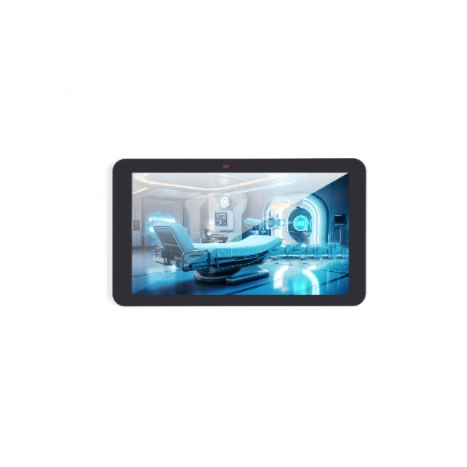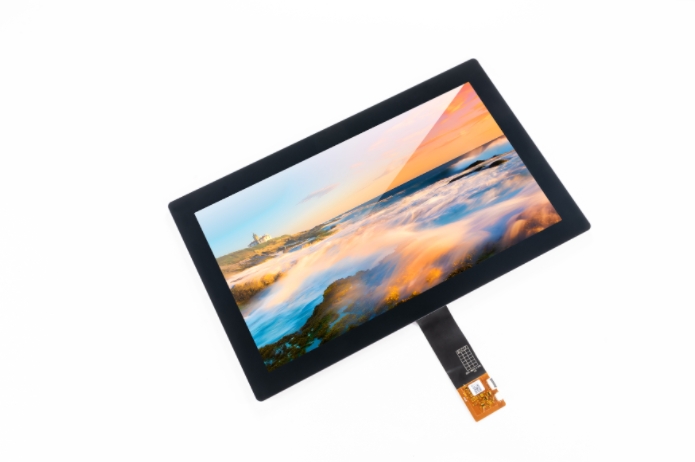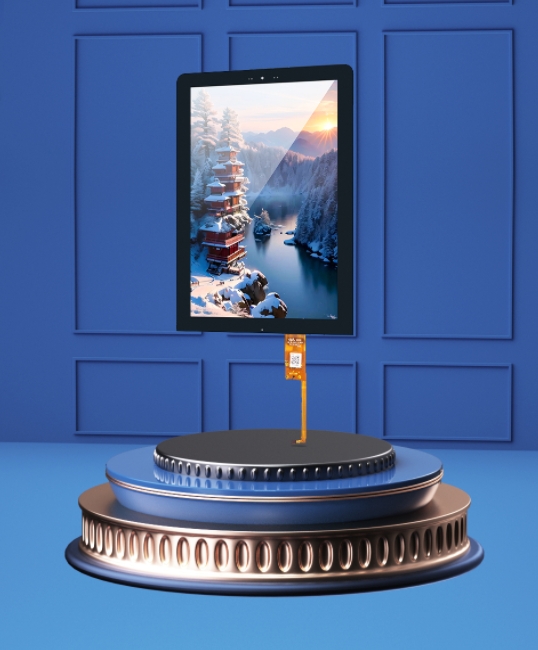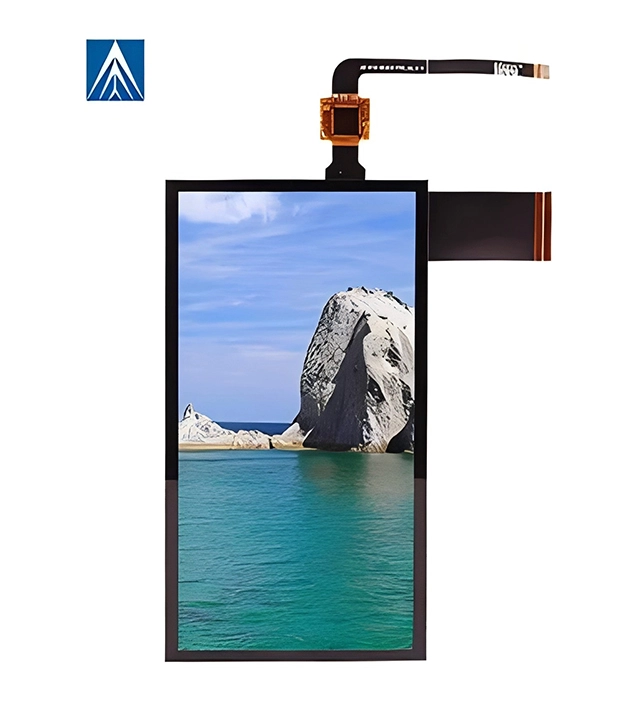TN (Twisted Nematic) panels are one of the earliest popular technologies in liquid crystal displays (LCDs) and are known for their fast response times and low cost. Here's a closer look at TN Display:

Core features:
1. Fast response time
Typically 1ms or less, suitable for high-speed motion graphics (e.g., esports games, action movies) to reduce ghosting.
2. High refresh rate
Mainstream gaming TN screens can reach 144Hz/240Hz or even higher, and are smoother with Adaptive-Sync (such as G-Sync/FreeSync) technology.

3. Low cost
The manufacturing process is simple, and the price is usually lower than IPS or VA panels, making it suitable for users with limited budgets.
Comparison of advantages and disadvantages
| advantages | disadvantages |
| The response time is extremely fast | Narrow viewing angle (easy to cast color when viewed from the side) |
| High refresh rate | Poor color performance (narrow color gamut) |
| The price is low | Low contrast ratio (approx. 1000:1) |
| Low power consumption (suitable for laptops) | Grayscale transitions can be unnatural |

Applicable scenarios
E-sports games: high brushing Low latency is the core competitiveness.
Office/text processing: Cost-effective when color requirements are not high.
Industrial control: high stability, suitable for long-term operation.
Technology Comparison (TN vs IPS vs VA)
| parameter | TN | IPS | VA |
| visual angle | Poor (~170°) | Excellent (~178°) | Medium (~160°) |
| color | 6-bit jitter | 8-10bit | 8-10bit |
| contrast | Low (1000:1) | Medium (1000:1) | High (3000:1+) |
| Response time | Extremely fast (1ms) | Medium (4-5ms) | Slow (4-8ms) |

